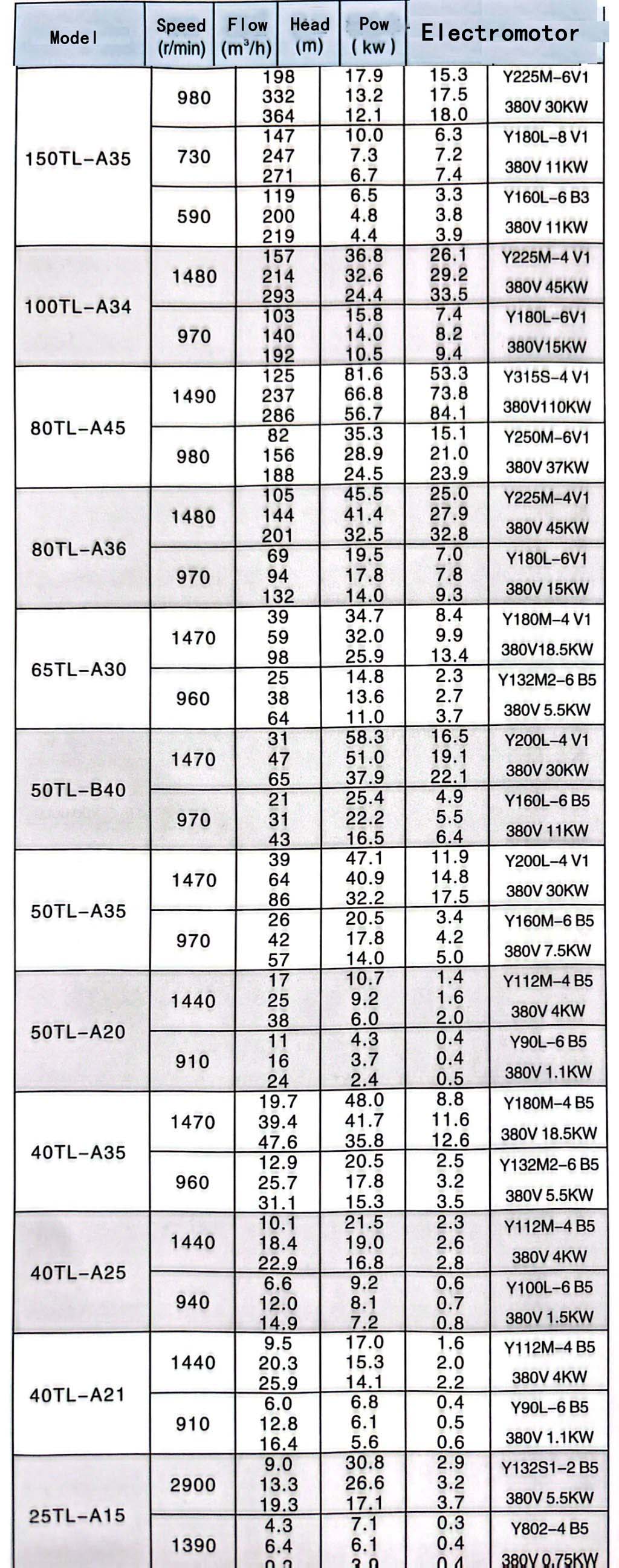Nepali
- Afrikaans
- Albanian
- Amharic
- Arabic
- Armenian
- Azerbaijani
- Basque
- Belarusian
- Bengali
- Bosnian
- Bulgarian
- Catalan
- Cebuano
- Corsican
- Croatian
- Czech
- Danish
- Dutch
- English
- Esperanto
- Estonian
- Finnish
- French
- Frisian
- Galician
- Georgian
- German
- Greek
- Gujarati
- Haitian Creole
- hausa
- hawaiian
- Hebrew
- Hindi
- Miao
- Hungarian
- Icelandic
- igbo
- Indonesian
- irish
- Italian
- Japanese
- Javanese
- Kannada
- kazakh
- Khmer
- Rwandese
- Korean
- Kurdish
- Kyrgyz
- Lao
- Latin
- Latvian
- Lithuanian
- Luxembourgish
- Macedonian
- Malgashi
- Malay
- Malayalam
- Maltese
- Maori
- Marathi
- Mongolian
- Myanmar
- Nepali
- Norwegian
- Norwegian
- Occitan
- Pashto
- Persian
- Polish
- Portuguese
- Punjabi
- Romanian
- Russian
- Samoan
- Scottish Gaelic
- Serbian
- Sesotho
- Shona
- Sindhi
- Sinhala
- Slovak
- Slovenian
- Somali
- Spanish
- Sundanese
- Swahili
- Swedish
- Tagalog
- Tajik
- Tamil
- Tatar
- Telugu
- Thai
- Turkish
- Turkmen
- Ukrainian
- Urdu
- Uighur
- Uzbek
- Vietnamese
- Welsh
- Bantu
- Yiddish
- Yoruba
- Zulu
Telephone: +86 13120555503
Email: frank@cypump.com
जुलाई . 27, 2024 06:27 Back to list
Essential Components and Maintenance Guidelines for Rubber Slurry Pump Systems and Their Applications
Understanding Rubber Slurry Pump Parts
Rubber slurry pumps are essential equipment in various industries including mining, construction, and wastewater management. These pumps are specifically designed to handle abrasive and corrosive materials, known as slurry, which are typically composed of solids suspended in a liquid. The efficiency and durability of rubber slurry pumps largely depend on their individual components. Understanding these parts can help in maintenance, troubleshooting, and ensuring the longevity of the equipment.
1. Pump Housing
The pump housing is the outer shell of the slurry pump, serving to protect the internal components and provide structural support. Typically made of hardened rubber or metal, the housing is designed to withstand high abrasion and corrosion from the slurry. The materials used for the housing are crucial as they determine the pump's durability and ability to operate under harsh conditions.
2. Impeller
The impeller is one of the most critical components of a slurry pump. It is responsible for imparting kinetic energy to the slurry, converting the rotational energy from the motor into fluid motion. Rubber impellers help reduce wear and resist corrosion while providing excellent performance in handling slurries with varying concentrations of solids. The design and size of the impeller can significantly affect pumping efficiency and flow rates.
3. Liner
Rubber liners are used in slurry pumps to protect the pump housing and impeller from the erosive effects of the abrasive materials in the slurry. These liners are made from wear-resistant rubber compounds that can significantly extend the life of the pump. Regular inspection and replacement of liners are essential to maintain optimal performance and prevent excessive wear to the main components.
4. Shaft
rubber slurry pump parts

The shaft is the central component that connects the motor to the impeller. It transmits rotational energy and must be robust enough to endure both torque forces and the abrasive nature of the slurry. Typically made from high-strength steel or stainless steel, it also may have rubber coatings to ensure a better seal and reduce wear from the environment.
5. Seals
Seals are crucial for preventing leaks in slurry pumps. They ensure that the slurry remains contained within the system, preventing environmental contamination and loss of material. Various types of seals can be employed, including mechanical seals and lip seals, depending on the pump's design and application. The effectiveness of seals is vital as slurry pumps often operate under high pressures and temperatures.
6. Discharge and Suction Pipes
The discharge and suction pipes transport the slurry to and from the pump. These pipes must be constructed from materials that can withstand the abrasive nature of the slurry. Rubber-lined or reinforced pipes are often used to enhance durability and reduce wear. The design of these piping systems affects the overall efficiency and flow rate of the slurry transport process.
7. Bearings
Bearings support the shaft and reduce friction during operation. In slurry pumps, it is essential to use bearings that can handle the heavy-duty tasks of pumping abrasive materials. Sealed or greased bearings ensure that the internal components remain lubricated while preventing the ingress of slurry or contaminants.
In summary, understanding the various parts of a rubber slurry pump is essential for anyone involved in the operation, maintenance, or selection of these vital industrial machines. Knowledge of how each component interacts and contributes to the pump's efficiency will provide insights into proper care and optimal performance. Regular maintenance and timely replacement of worn parts will ensure longevity and reliability, ultimately leading to enhanced operational efficiency in handling complex slurry challenges.
-
Horizontal Split Case Pump with GPT-4 Turbo | High Efficiency
NewsAug.01,2025
-
ISG Series Pipeline Pump - Chi Yuan Pumps | High Efficiency, Durable Design
NewsAug.01,2025
-
Advanced Flue Gas Desulfurization Pump with GPT-4 Turbo | Durable & Efficient
NewsJul.31,2025
-
ISG Series Vertical Pipeline Pump - Chi Yuan Pumps | Advanced Hydraulic Design&Durable Construction
NewsJul.31,2025
-
ISG Series Vertical Pipeline Pump - Chi Yuan Pumps | Energy Efficient & Low Noise
NewsJul.31,2025
-
pipeline pump - Chi Yuan Pumps Co., LTD.|High Efficiency&Low Noise
NewsJul.31,2025










